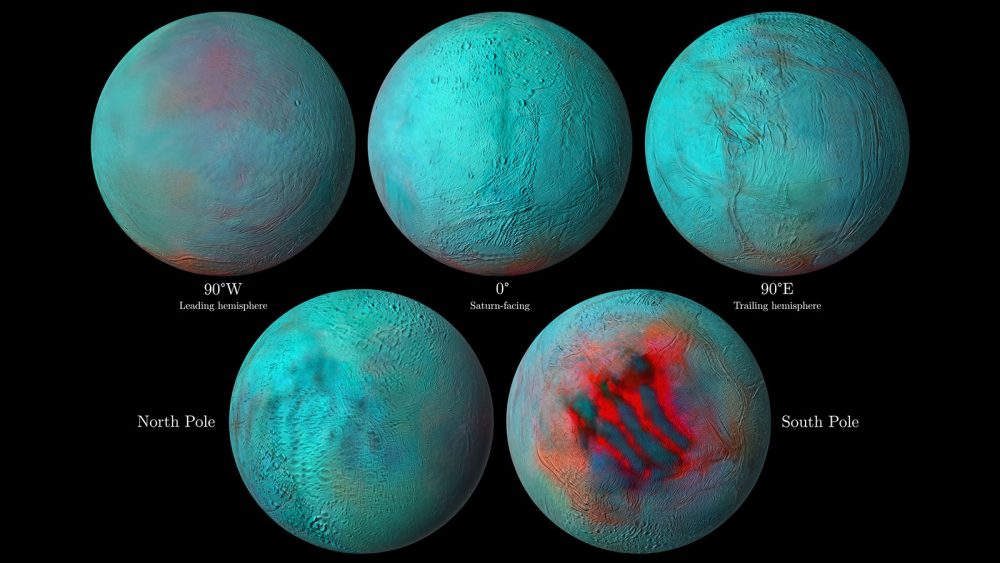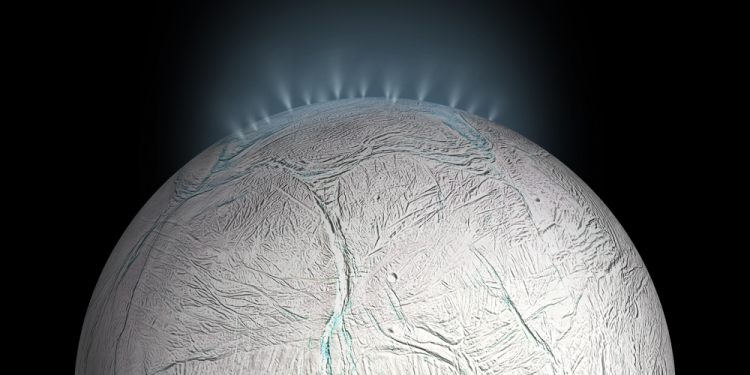Scientists have long considered Saturn’s moon Enceladus one of the most promising places in our Solar System to search for extraterrestrial life. Its vast subsurface ocean, hidden beneath a thick icy shell, periodically ejects geysers into space, offering a rare opportunity to sample what lies beneath. However, new research suggests that Enceladus’ ocean may be structured in such a way that it prevents signs of life from reaching these icy plumes—posing a major obstacle to future missions.
A Subsurface Ocean That Won’t Share Its Secrets
Enceladus’ ocean is thought to be teeming with energy-rich hydrothermal activity at the seafloor—similar to deep-sea vents on Earth, where life thrives without sunlight. The hope has been that molecular evidence of such life could be carried upward through ocean currents and ultimately expelled into space via the moon’s geysers, where spacecraft could detect it. However, new modeling paints a less optimistic picture.
The study, led by Flynn Ames from the University of Reading, suggests that Enceladus’ ocean is likely to be strongly stratified, meaning it forms distinct layers that resist mixing—similar to oil and water. If true, this would mean that material from the depths of the ocean, including potential biosignatures, might remain trapped for centuries or even millennia before ever reaching the surface.
“We’ve found that Enceladus’ ocean should behave like oil and water in a jar, with layers that resist vertical mixing,” said Ames. “These natural barriers could trap particles and chemical traces of life in the depths below for hundreds to hundreds of thousands of years.” This contradicts previous assumptions that material could reach the ocean’s surface in a matter of months.
The Science Behind the Barrier

The phenomenon responsible for this stratification is called inverse stratification, a process that occurs when cooler water near the icy shell becomes less dense, creating buoyant layers that inhibit deep ocean mixing. On Earth, this effect is common in freshwater lakes, but the researchers argue that something similar could be happening inside Enceladus—especially if its ocean has a lower salt concentration.
Their findings also suggest that this stratification is more pronounced near the moon’s poles, where geysers are located. This could mean that even if life exists in the ocean depths, its chemical signatures are unlikely to reach the surface, making it significantly harder to detect using flyby missions.
What This Means for Future Exploration
The implications of this study are significant. If biosignatures are trapped in the depths of Enceladus’ ocean, current mission concepts—such as flyby probes designed to sample geyser material—may struggle to find definitive proof of life. More ambitious projects, like snake-like robots designed to slip through crevasses in the ice, could still be useful, but they too would likely only sample the upper ocean layers, which may not contain traces of life.
This challenge is not unique to Enceladus. Many of the Solar System’s icy moons, including Europa and Titan, harbor subsurface oceans beneath thick ice shells. While Enceladus’ low gravity makes it particularly vulnerable to inverse stratification, other ocean worlds may also exhibit similar barriers that complicate life detection efforts.
The search for life beyond Earth has always been a difficult endeavor, but this latest research adds another layer of complexity. While Enceladus remains an exciting target, scientists may need to rethink how they design future missions. If biological evidence is locked away in deep ocean layers, we may need more advanced technology to reach it—potentially delaying humanity’s ability to answer one of its most profound questions: are we alone in the universe?
Join the Conversation!
Have something to share or discuss? Connect with us on Facebook and join like-minded explorers in our Telegram group. For the latest discoveries and insights, make sure to follow us on Google News.











